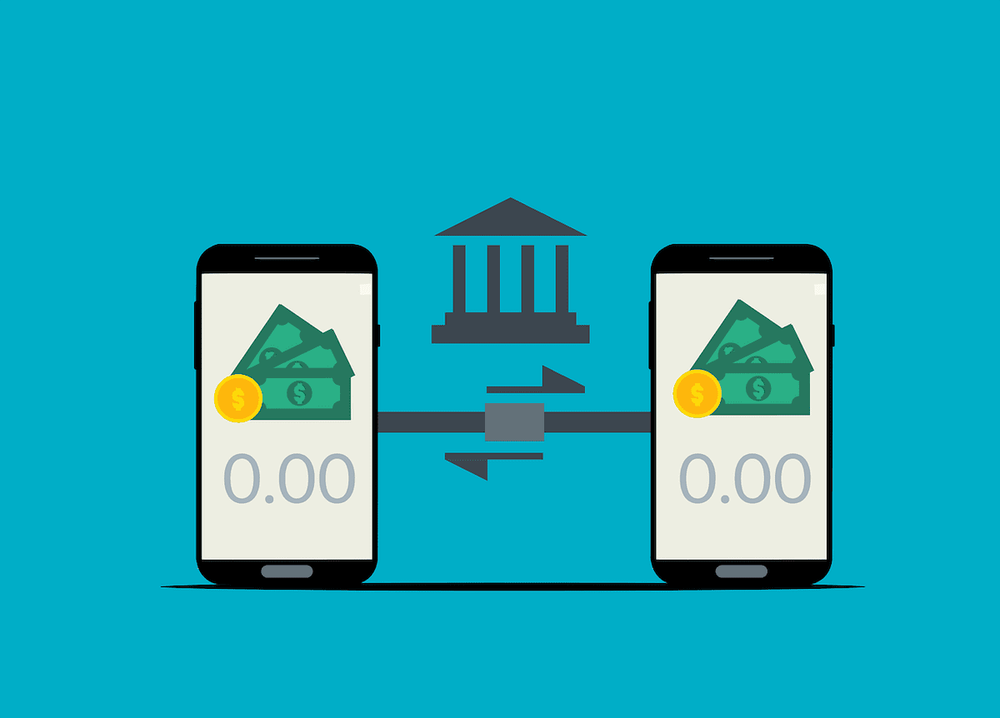The world of online payments is evolving rapidly. Consumers and businesses alike are always on the lookout for payment methods that are not only secure but also convenient and cost-effective. Among the many options available, direct bank transfers are emerging as a preferred method for online transactions. This shift is driven by lower fees, enhanced security, and growing trust in digital banking.
This article will explore why direct bank transfers are gaining traction and what makes them an attractive option in today’s digital economy.
The Shift Toward Direct Bank Transfers
Online shoppers and businesses are becoming increasingly aware of the drawbacks of traditional payment methods. Credit cards and third-party payment platforms have processing fees, chargeback risks, and security vulnerabilities. Direct bank transfers eliminate many of these issues, providing a more straightforward and reliable way to move money between accounts.

A direct bank transfer allows a payer to send money directly from their bank account to a recipient’s bank account. This method bypasses intermediaries such as card networks or payment processors, reducing costs and increasing transaction speed. It’s particularly appealing for businesses that handle large transactions and individuals who prefer a hassle-free way to pay online.
Security and Fraud Prevention

One of the biggest concerns with online payments is security. With credit card fraud and data breaches becoming more common, consumers and businesses seek safer alternatives. Direct bank transfers offer several security advantages:
- Reduced Risk of Fraud – Since transactions occur directly between banks, there is a lower risk of fraud than card payments, where details can be stolen and misused.
- No Chargebacks – Unlike credit card payments, direct transfers are final, meaning businesses don’t have to worry about chargeback fraud.
- Bank-Level Security – Banks implement strong security measures, including encryption and multi-factor authentication, making it harder for cybercriminals to intercept transactions.
These security benefits make direct bank transfers a more trustworthy option for online payments.
Lower Fees and Cost Savings
Another reason direct bank transfers are gaining popularity is the cost advantage. Many online payment methods charge processing fees, which can add up quickly, especially for businesses. Credit card companies typically charge merchants transaction fees ranging from 1.5% to 3.5%, while third-party payment processors may have additional fees.
Direct bank transfers have significantly lower fees and, in some cases, no fees at all. This is a huge benefit for businesses looking to reduce operational costs. Lower fees also mean consumers can make payments without worrying about extra charges.
Convenience and Accessibility
The convenience factor cannot be ignored. Online banking has become more advanced, making direct bank transfers easier. Most banks offer mobile and online banking services that allow users to send money with just a few clicks. Unlike traditional methods that require multiple steps, direct transfers provide a seamless experience.
For businesses, automated bank transfer systems can streamline operations, reducing the need for manual payment processing. Many online platforms now integrate direct bank transfer options, making it even easier for customers to pay without repeatedly entering card details.
Checking Accounts and Direct Transfers
A common way consumers use direct bank transfers is through checking accounts. Many rely on their checking accounts for everyday transactions, including bill payments, online purchases, and peer-to-peer transfers. When setting up a direct bank transfer, users must provide their bank’s routing and account numbers. This distinction is important when discussing check routing numbers vs. account numbers, as both play crucial roles in ensuring the correct processing of transactions.
The routing number identifies the financial institution, while the account number specifies the unique account receiving the funds. This simple yet effective system allows people to make secure payments directly from their checking accounts without needing credit cards or third-party platforms.
Adoption by Businesses and E-commerce Platforms

E-commerce platforms and service providers increasingly adopt direct bank transfer options to offer customers more flexibility. Many online businesses now allow payments through Automated Clearing House (ACH) transfers, wire transfers, and real-time payment systems.
For businesses, direct transfers mean fewer disputes, faster access to funds, and reduced dependency on card networks. Subscription-based services, utility companies, and even online retailers are incorporating bank transfers into their payment methods, making it easier for consumers to use their bank accounts instead of relying on credit.
The Role of Open Banking and Fintech Innovation
The rise of open banking and fintech innovations has further accelerated the adoption of direct bank transfers. Open banking allows financial institutions to share data securely, enabling third-party providers to create seamless payment experiences. With APIs (Application Programming Interfaces), businesses can integrate direct bank transfers into their platforms, allowing customers to authorize payments without leaving a website or app.
This innovation enhances user experience by eliminating unnecessary steps while maintaining security and transparency. Open banking regulations in regions like Europe and North America push financial institutions to provide better services, making direct transfers even more attractive.
Challenges and Considerations
While direct bank transfers offer numerous benefits, there are still some challenges to consider:
- Processing Times – Unlike instant credit card transactions, some bank transfers take one to three business days, depending on the bank and payment system used.
- Limited Chargeback Protections—Consumers may have fewer options to dispute a transaction than those who make credit card purchases, which offer chargeback rights.
- Adoption Barriers—Some consumers may still prefer traditional payment methods out of habit or because they are unfamiliar with bank transfer options.
Despite these challenges, the benefits outweigh the drawbacks for many users and businesses.
Conclusion
Direct bank transfers are becoming a dominant force in online payments. With enhanced security, lower fees, and increasing convenience, this payment method is gaining widespread adoption across various industries. Direct transfers will likely become even more seamless and widely accepted as financial technology evolves. Direct bank transfers provide a reliable, cost-effective alternative to traditional payment methods, whether for personal use or business transactions.
Read more: DeepSeek for WordPress Sites: Key Benefits
Contact US | ThimPress:
Website: https://thimpress.com/
Fanpage: https://www.facebook.com/ThimPress
YouTube: https://www.youtube.com/c/ThimPressDesign
Twitter (X): https://twitter.com/thimpress